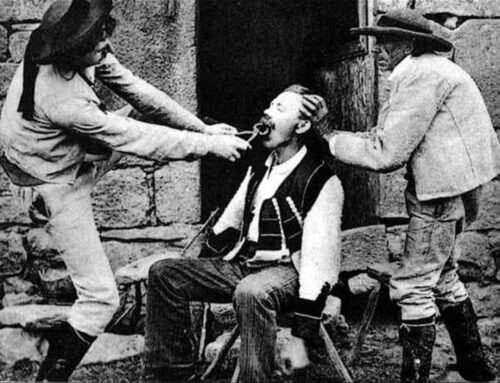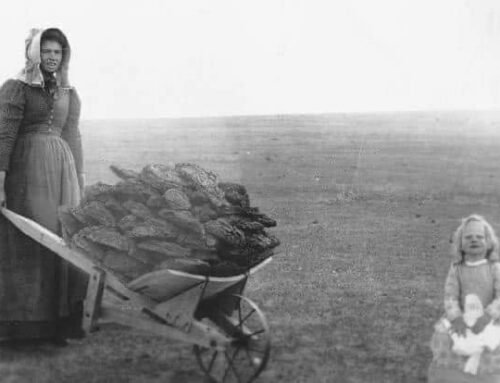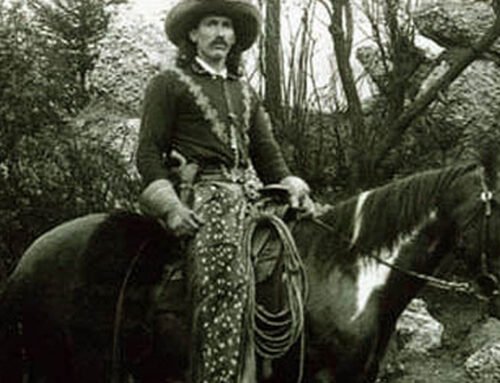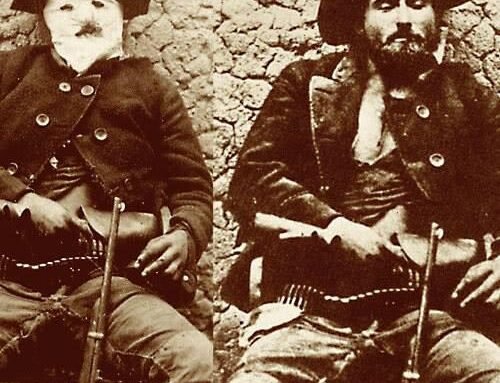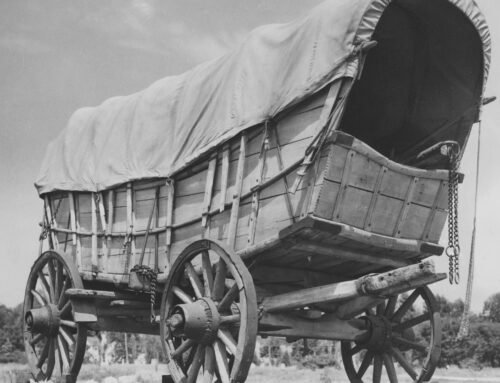Native American Plains Tipi
By western author Nick Brumby
 “The white man goes into his church and talks about Jesus. The Indian goes into his tipi and talks with Jesus.”
“The white man goes into his church and talks about Jesus. The Indian goes into his tipi and talks with Jesus.”
— Comanche leader Quanah Parker
For more than 400 years, the Native American Plains Tipi has been regarded by many as amongst the finest of all movable shelters.
The tipi’s unique ventilation system means they stay cool in summer and warm and cozy in winter. They are resistant to rain and wind, and their shape invites those in them to connect with nature and tribal spirits.

Picture courtesy of NotesfromtheFrontier.com
The tipi is a cone-shaped tent made mostly from the tanned hides of buffalo, bison, elk, or antelope. A traditional tipi with a diameter of fifteen to sixteen feet required thirteen to sixteen buffalo hides. A modern tipi with a diameter of eighteen feet requires sixty-eight square yards of canvas.
They were erected around a framework of wooden poles. In many parts of the Northern and Central Plains, lodgepole pine was the preferred tree for poles because it tends to grow tall and straight and requires less thinning at the base. Where lodgepole was not available, other conifers such as yellow pine, tamarack, and cedar were used, but these were normally heavier or required more trimming.
A correctly constructed tipi has an oval or egg-shaped footprint, with the length longer and the width narrower than the actual circumference of the structure. The circumference of a tipi is about the same as the height as the point where the pole framework was bound together. One of the main advantages of its asymmetrical form is that it protects against the strong winds of the western plains.
Tipis are distinguished from other tents by two crucial elements. The first was the top opening and the smoke flaps, which allow the owners to heat themselves and cook with an open fire. The second is the insulating lining that is primarily used in the winter.
Tipis were designed to be easily set up or taken down to allow camps to be moved to follow migrating food herds, especially the bison. When dismantled, tipi poles were used to build a dog- or later horse-pulled travois on which additional poles and tipi cover were placed.
 A tipi is, surprisingly perhaps, quite heavy. The poles for an average tipi weigh around 400 pounds, and a hide cover adds another 100 to 150 pounds.
A tipi is, surprisingly perhaps, quite heavy. The poles for an average tipi weigh around 400 pounds, and a hide cover adds another 100 to 150 pounds.
The word tipi comes into English from the Lakota language, literally translating as ‘they dwell’ or ‘used to live in’. In the Dakota language it means ‘home’ or ‘place to live’.
To Native Americans, the tipi was everything – home and church, a sacred place of being and sharing with family, friends, nature and the gods.
Tipis must always be raised facing east, as this is the direction the sun rises. Their shape invites inhabitants to connect with nature and the spirit. The floor represents Mother Earth, the ceiling Father Sky, and each post of the tipi represents a path between man and the Great Spirit.
 In the days of the Old West each tipi accommodated, on average, eight to ten adults and children. Virtually all Great Plains nations from Texas to southern Canada used tipis. Eastern Plains groups who lived in earth-lodge villages used them seasonally when hunting; western Plains hunting and gathering groups used them as year-round dwellings.
In the days of the Old West each tipi accommodated, on average, eight to ten adults and children. Virtually all Great Plains nations from Texas to southern Canada used tipis. Eastern Plains groups who lived in earth-lodge villages used them seasonally when hunting; western Plains hunting and gathering groups used them as year-round dwellings.
It was normally women who had the job of assembling, breaking down, and moving tipis. They chose the location of the new village and organized how it would be arranged. As they were ‘portable’ homes, tipis generally could be set up and broken down in one or two hours, as required by their nomadic lifestyle.
Historically, most tipis in a village were not painted. Painted tipis often depicted noteworthy historical battles and often featured geometric portrayals of celestial bodies and animal designs. Sometimes tipis were painted to depict personal experiences such as war, hunting, a dream, or vision.
Every tribe and clan had some peculiarities when it came to creating and/or decorating each Indian tipi. Tribes’ own myths and cultural references could be seen through the decoration of their tents.
 There were three basic tipi types:
There were three basic tipi types:
- Dakota Tipi: The most notable aspect of this tipi is its vertical structure, which helps the rain quickly roll off. The top is reinforced where the crossbars meet. The oval base tends to use between twelve and fifteen long poles. It is considered by many to be the tipi that is easiest to repair and is practical and multi-functional.
- Crow Tipi: This tipi is probably the most beautiful from an aesthetic point of view. The size of its extendible wings, used to help smoke escape, are in perfect harmony with the nearly conical shape of the tipi itself. The opening of the entrance is traditional and forms a lower-case “a” shape.
- Blackfoot Tipi: Its design is most effective in dry, windy areas, as its shape is less vertical than others. The upper opening is more open in the area where the upper poles cross, which allows for rainwater to fall where the smoke exits. The most notable disadvantages of these tipis are that it takes longer to set them up and break them down, while repairing them is more difficult.
Despite what Hollywood would have you believe, not all Native American tribes lived in tipis. Many Native American cultures and civilizations used other types of dwellings (pueblos, wigwams, hogans, chickees, and longhouses.
However, when you take into account the investment of time, material and labor versus the comfort, utility and versatility provided, tipis remain amongst the world’s most efficient shelters.

About Nick Brumby
I like a good story. And of all stories, I love westerns the most.
As a kid, I spent far too many afternoons re-watching Clint Eastwood spaghetti westerns, picking up ‘Shane’ for just one more read, or saddling up beside Ben Cartwright when ‘Bonanza’ was on TV each afternoon.
I’m a former journalist and I love horses, dogs, and the occasional bourbon whiskey. I live with my wife, daughter and our ever-slumbering hound in a 1800’s-era gold mining town – our house is right on top of the last working gold mine in the area. There may not be much gold left, but there’s history wherever you look.
I hope you enjoy my westerns as much as I enjoyed writing them!
Happy trails,
Nick






















